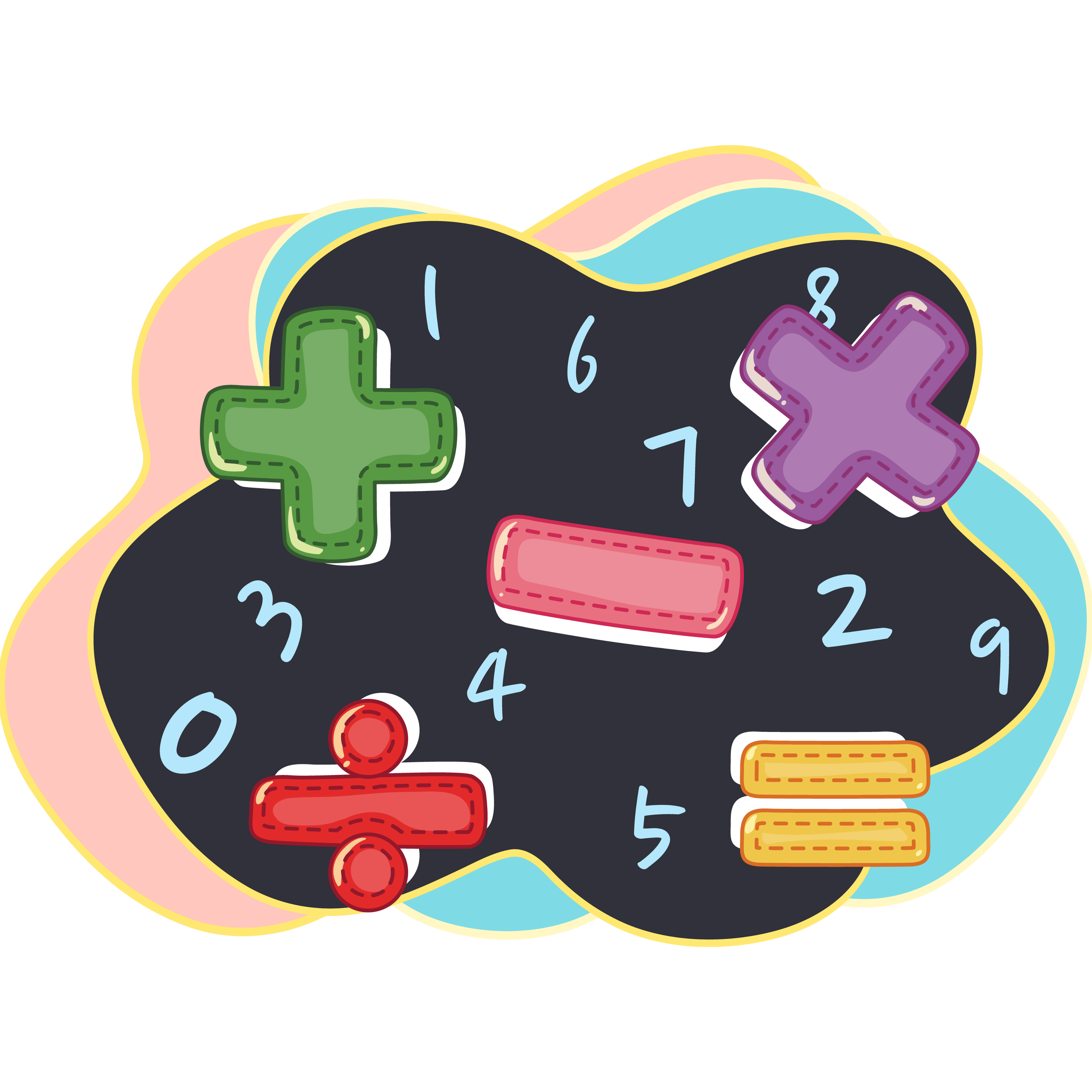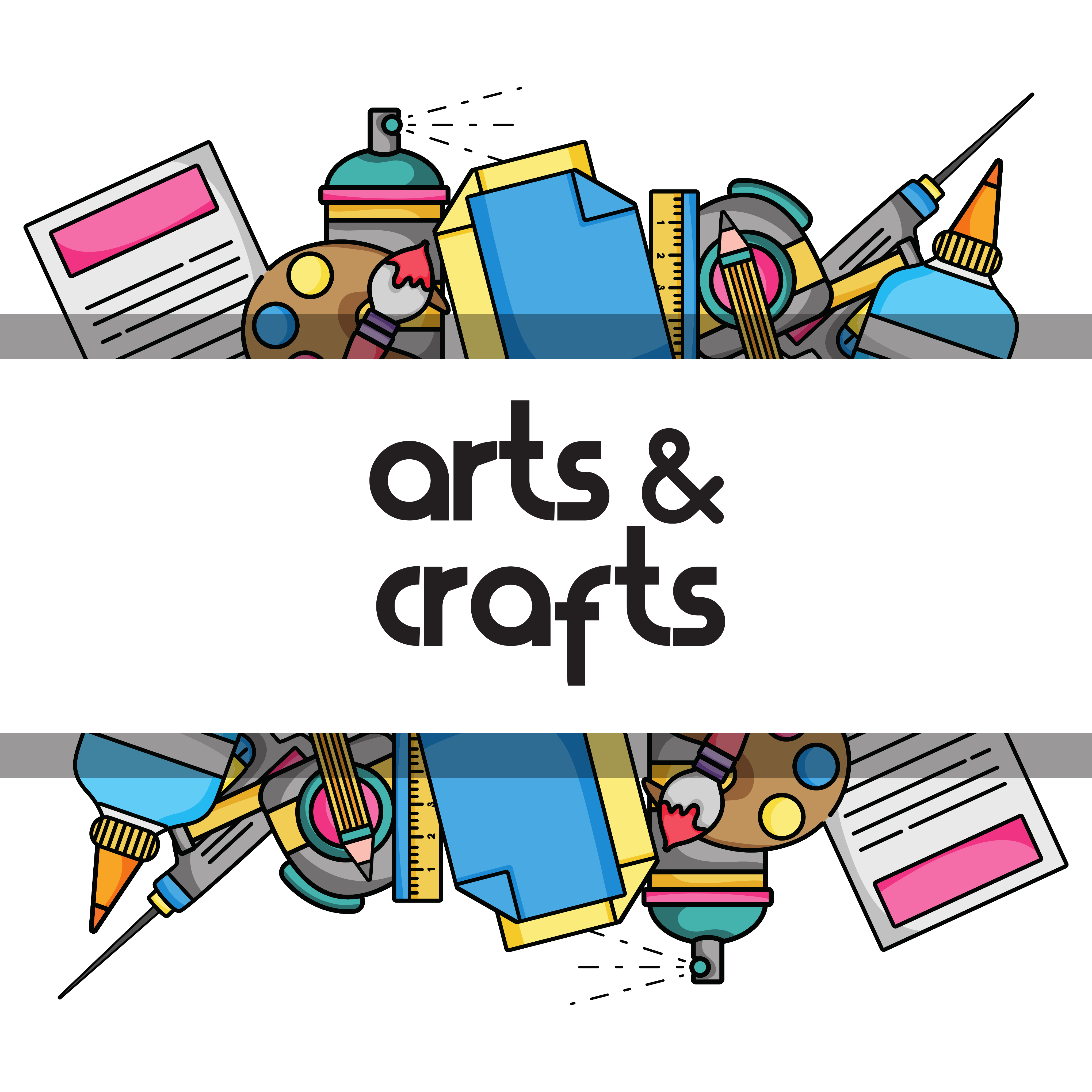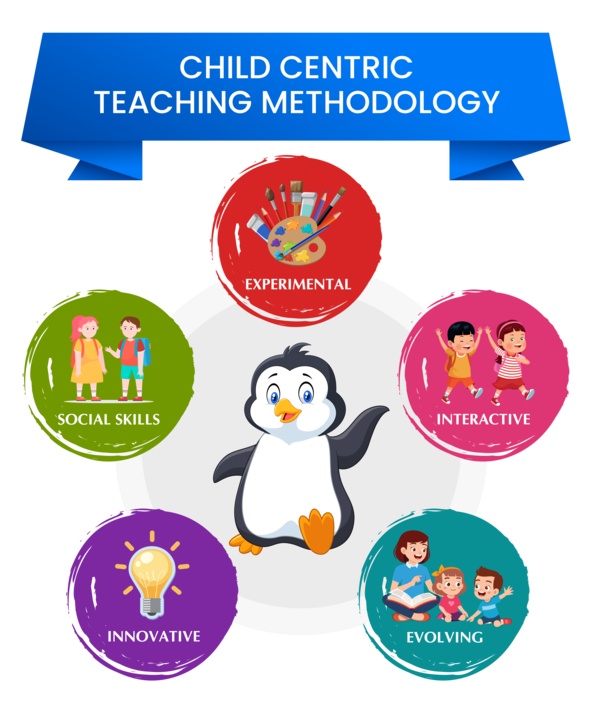
Our Curriculum
At White Petals Preschool, we've carefully designed our curriculum to provide a holistic and engaging learning experience for your child. Our curriculum focuses on fostering a love for learning, social-emotional development, and foundational skills that prepare children for their educational journey ahead.


Play-Based Learning:
We believe that play is a child's natural way of exploring the world. Our curriculum incorporates play-based activities that encourage imagination, creativity, and problem-solving. Through guided play, children develop language skills, fine and gross motor skills, and cognitive abilities.

Language and Literacy
Language development is at the core of our curriculum. We introduce children to the joys of reading, storytelling, and communication. Our activities promote vocabulary enrichment, listening skills, and early writing skills.

Math and Logic
Basic mathematical concepts are introduced through interactive games and hands-on activities. Children learn to recognize numbers, patterns, shapes, and engage in simple counting and sorting exercises.

Creative Arts
Children are encouraged to express themselves through various forms of art, including painting, drawing, music, and dance. Creative expression enhances motor skills, fosters individuality, and boosts confidence.

Seven Petals Curriculum
Our school walls have “black board” paint. This means, anytime the kid gets a creative rush, they can go and scribble any wall. Nobody will stop them. This sows the seeds of creativity & free thinking early on.
A curriculum tailored to meet the needs of each individual child, fostering creativity, curiosity, and a love for learning.
Developmental
Petals
Our curriculum is flexible, allowing teachers to adapt activities to the interests and developmental levels of each child. We strive to create a nurturing and stimulating environment where children can thrive academically, socially, and emotionally. At White Petals Preschool, we're dedicated to providing a solid foundation for your child's lifelong learning journey.

Program Levels at White Petals
Toddler Programs
(Age: 1.5yrs - 2.5yrs)
Toddler programs are designed to provide enriching experiences for children typically aged one to three years old. These programs focus on fostering early childhood development through interactive play, creative activities, and social engagement
Toddler Programs
(Age: 3-4 years)
Toddler programs are designed to provide enriching experiences for children typically aged one to three years old. These programs focus on fostering early childhood development through interactive play, creative activities, and social engagement
Pre-Nursery
(Age: 3-4 years)
Pre-nursery programs are specially designed early childhood education initiatives tailored for children who are not yet old enough to attend traditional nursery school
Nursery
(Age: 3-4 years)
Nursery programs are early childhood education initiatives aimed at children around the age of three to four years old. These programs provide a structured and nurturing environment where children begin their educational journey
Prep-I (LKG)
(Age: 3-4 years)
Prep-I, also known as Lower Kindergarten (LKG), is a significant stage in early childhood education. It typically caters to children aged four to five years old. In the LKG program, the focus shifts towards more structured learning while retaining elements of play-based education
Prep-II(UKG)
(Age: 3-4 years)
Prep-II, also referred to as Upper Kindergarten (UKG), is a crucial stage in early childhood education that follows Lower Kindergarten (LKG). It typically serves children around the age of five to six years old
Pre-Nursery
(Age: 2.5yrs - 3.5yrs)
Pre-nursery programs are specially designed early childhood education initiatives tailored for children who are not yet old enough to attend traditional nursery school
Nursery
(Age: 3.5yrs - 4.5yrs)
Nursery programs are early childhood education initiatives aimed at children around the age of three to four years old. These programs provide a structured and nurturing environment where children begin their educational journey
Prep-I (LKG)
(Age: 4.5yrs - 5.5yrs)
Prep-I, also known as Lower Kindergarten (LKG), is a significant stage in early childhood education. It typically caters to children aged four to five years old. In the LKG program, the focus shifts towards more structured learning while retaining elements of play-based education
Prep-II (UKG)
(Age: 5.5yrs - 6.5yrs)
Prep-II, also referred to as Upper Kindergarten (UKG), is a crucial stage in early childhood education that follows Lower Kindergarten (LKG). It typically serves children around the age of five to six years old
